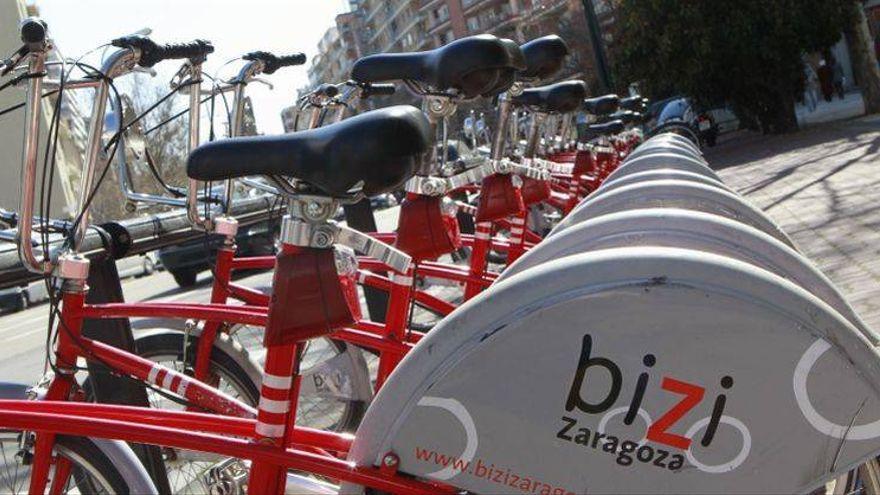–
The coronavirus pandemic has wreaked havoc on all urban modes of transport since March of last year, and the public bicycle service of the Zaragoza City Council, the Bizi, could not be an exception. Last year it counted a total of 900,729 uses in what is already the worst annual result since it is in operation, premiered on May 28, 2008, and five consecutive years of decline in trips made. Far from these data are the 3,139,813 recorded in 2011, the record in the service, but the fall this time is very relevant, 43% compared to 2019, when the Aragonese capital added 1,588,065 trips in which it was already the worst historical record.
This is more than a 43% decrease from the previous year in which, undoubtedly, the fear of contagion, the time that the service had to be interrupted and the drops registered in the number of subscribers for a Bizi that has already been suffering other adverse circumstances for years, such as the irruption of the Loan scooters and bikes without fixed stations (called kick sharing) or, since 2011, the multiple changes in the ordinance, via court decisions, which, for example, ended the possibility of driving on sidewalks.
The evolution, however, is unparalleled with the effects that the pandemic is causing in Bizi. Not only last year, but also in 2021. In this case, the data left in the current year is a total of 438,902 recorded uses, which invites us to think about an improvement at the end of the year but is still far from the almost 1.6 million trips in 2019.
In the 11 years counted so far by the Bizi service in Zaragoza, a total of 26,647,857 uses have been counted. Since its commissioning, which, although it began in 2008 with 214,608 trips starting with 30 stations and 300 bicycles, reached 2011 with 130 terminals and 1,300 vehicles available to the people of Zaragoza. Earlier, in 2009 another 70 anchor points and 700 bikes were installed in two batches, before the 30 and the last 300 of nine years ago. Since then nothing.
This explains how in 2009 there were already 1,455,644 uses, a year later they rose to 2,093,917, in 2011 that peak of 3.13 million trips by public bicycle was reached. Since then, a steady drop in the numbers: 2,946,517 in 2012, 2,926,603 in 2013, 2,867,388 in 2014, 2,124,199 in 2015 and, as an exception, 2,125,475 in 2015. Between these last two years, an important milestone, in September 2014, when the ruling of the Superior Court of Justice of Aragon (TSJA) that prevented circulation in pedestrian areas came into force. It settled the conflict between cyclists and pedestrians and returned the norm to what is established in the General Traffic Regulations, and put an end to three years of lack of definition in the norms.
In fact, In 2016, uses rose to 2,125,475, but in 2017 it returned to the path of decline, with 1,823,604, And with the arrival of scooters and bikes of the so-called shared mobility vehicles, it dropped to 1,588,065 in the last year without covid in Zaragoza.
– .


